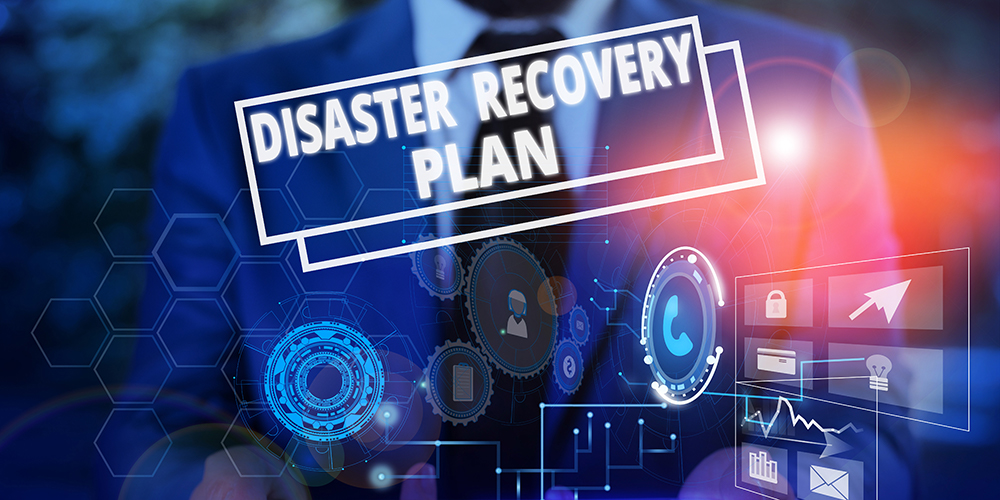Any time of year, a disaster can happen, disrupting business operations and even threatening your company itself. Statistics show that some small to medium-size businesses close after a disaster; even some of those that reopen may be out of business in a year. Having a plan for disaster recovery can help your business defy the statistics. Read on to learn more about preserving your company’s data, reputation and bottom line by having a disaster recovery plan in place.
Why You Need a Disaster Recovery Plan
A Disaster Recovery (DR) plan outlines how to protect your data and other technological assets during and after a disaster. Since data is the lifeblood of your business, a DR plan can make a difference between staying in business and having to close. In the shorter term, it can save you money that you might lose from an unacceptable amount of downtime. Costs can escalate to $100,000 per hour from an infrastructure failure, and a critical application failure can cost up to $1 million. Aside from financial damage, a data breach resulting from a disaster can cost a business its reputation. Apart from cyber threats that affect any organization, your location may be subject to natural hazards like fires, floods or earthquakes. Even equipment failures resulting in unacceptable downtime can be costly.
Disaster Recovery is Part of an Overall Business Continuity Plan
While a Business Continuity (BC) is an overall plan for keeping your business going during and after a disaster, a Disaster Recovery plan deals with protecting your company’s data from loss and compromise. It’s a part of your overall BC plan, following from and supporting it, yet is distinct. A Business Impact Analysis is a good first step, helping you assess how much data you keep, which of it is mission-critical, and what data protection regulations apply. What is the least amount of downtime you can risk before experiencing unacceptable consequences (recovery point objective) and how long will it take to recover (recovery time objective)?
Risk analysis is just like it sounds, assessing which natural hazards can affect your area and what cyber threats exist both internally and externally. What if people have to work remotely, and how does that impact data protection? A big part of disaster recovery involves backup and failover, where you keep original data and how quickly your company can access it. The 3-2-1 rule applies–keep three copies of your data in two places, one of which is offsite.
How Disaster Recovery as a Service Can Help
One key advantage to contracting with a cloud service provider is that they provide the infrastructure allowing you to back up data for failover, with reduced cost to you. Even with these benefits, you also need to ask about the provider’s reliability in meeting metrics like RPOs, RTOs, and others. Is their network robust enough to handle the needs of other clients dealing with a disaster at the same time? What’s more, your provider should be following the same data protection regulations that require your compliance.
As a subset of your Business Continuity plan, a disaster recovery plan helps protect your data from loss, theft or compromise. For help developing or fine-tuning your plan, contact your trusted technology advisor today.

